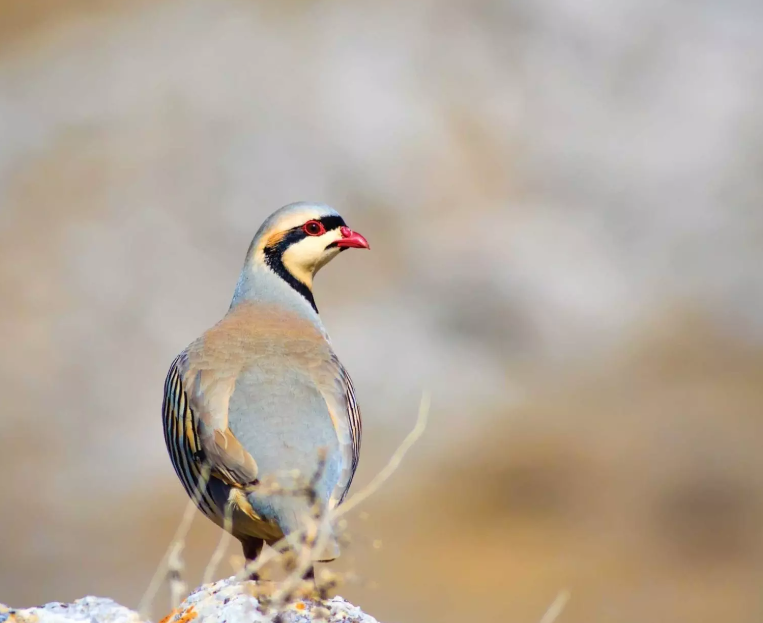Antigua and Barbuda, a beautiful Caribbean nation, is home to a diverse range of wildlife, including Antigua and Barbuda National Bird, the Magnificent Frigatebird (Fregata magnificens). As an ornithologist, I am delighted to share with you a detailed article on this fascinating bird, covering its biology, behavior, and conservation status, along with frequently asked questions.
Biology and Description of Antigua and Barbuda National Bird
The Magnificent Frigatebird is a large seabird with a wingspan of up to 2.4 meters (7.9 feet) and a body length of 89-114 centimeters (35-45 inches). Males are predominantly black with a distinctive red throat pouch, which they inflate during courtship displays. Females have a white chest and a blue eye-ring. Juveniles have a white head and chest with a brownish-black body. Their long, hooked bills are perfect for catching fish, and their forked tails and long, pointed wings make them agile flyers.
Habitat and Distribution of Antigua and Barbuda National Bird
Frigatebirds are found throughout the tropical and subtropical regions of the Americas, including the Caribbean, the Gulf of Mexico, and the eastern Pacific Ocean. They prefer coastal and island habitats, nesting in mangroves, shrubs, or trees. In Antigua and Barbuda, the Magnificent Frigatebird can be found at the Codrington Lagoon in Barbuda, which hosts one of the largest frigatebird colonies in the Caribbean.
Behavior and Diet of the Frigatebird
Frigatebirds are known for their kleptoparasitic behavior, meaning they often steal food from other seabirds, such as boobies and terns, by harassing them in mid-air until they drop their catch. They also hunt for fish and squid by skimming the ocean surface with their beaks. Frigatebirds are highly social and can be found roosting in large groups.
Breeding and Reproduction
The Magnificent Frigatebird has a monogamous breeding system, with males and females forming long-term pair bonds. Males perform elaborate courtship displays, inflating their red throat pouches and making drumming sounds to attract females. They build nests in trees or shrubs, where the female lays a single egg. Both parents share incubation duties, which last around 55 days. The chick is then cared for by both parents for several months before fledging.
Conservation Status
The Magnificent Frigatebird is listed as Least Concern by the International Union for Conservation of Nature (IUCN), as it has a large, stable population. However, threats such as habitat loss, pollution, and climate change could impact the species in the future.
FAQs
1. Why is the Magnificent Frigatebird the national bird of Antigua and Barbuda?
The Magnificent Frigatebird is a symbol of the rich biodiversity and natural beauty of Antigua and Barbuda. Its impressive size, striking appearance, and unique behavior make it an iconic representation of the nation’s wildlife.
2. Can frigatebird swim or walk?
Frigatebirds are not good at swimming or walking. Their short legs and large wings make them clumsy on land, and their feathers are not waterproof, making it difficult for them to swim.
3. How long do Magnificent Frigatebirds live?
The average lifespan of a Magnificent Frigatebird is around 20-25 years in the wild.
4. Do Magnificent Frigatebirds migrate?
Frigatebirds are not true migrants, but they may travel long distances in search of food or nesting sites.
Conclusion
In conclusion, the Magnificent Frigatebird is a captivating species with unique characteristics that make it a fitting national bird for Antigua and Barbuda. By learning about and appreciating this remarkable bird, we can better understand the importance of preserving the diverse wildlife that inhabits our planet.

